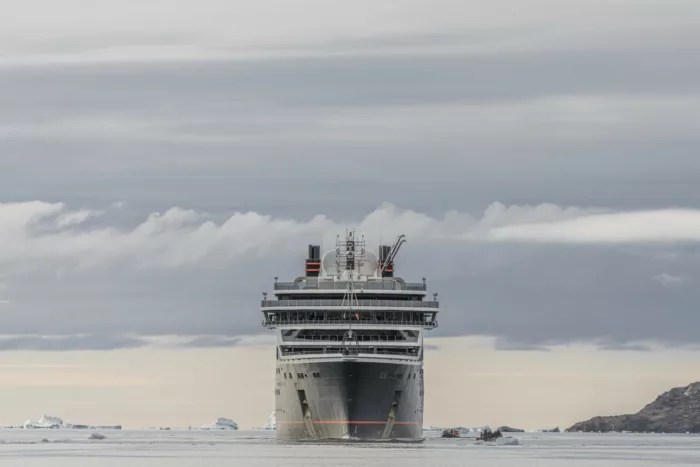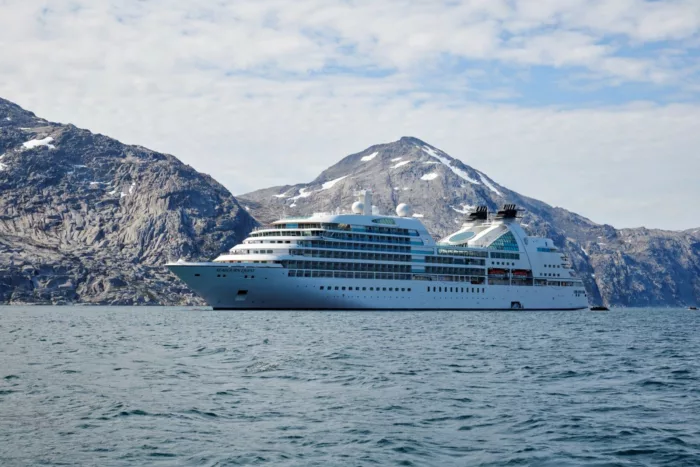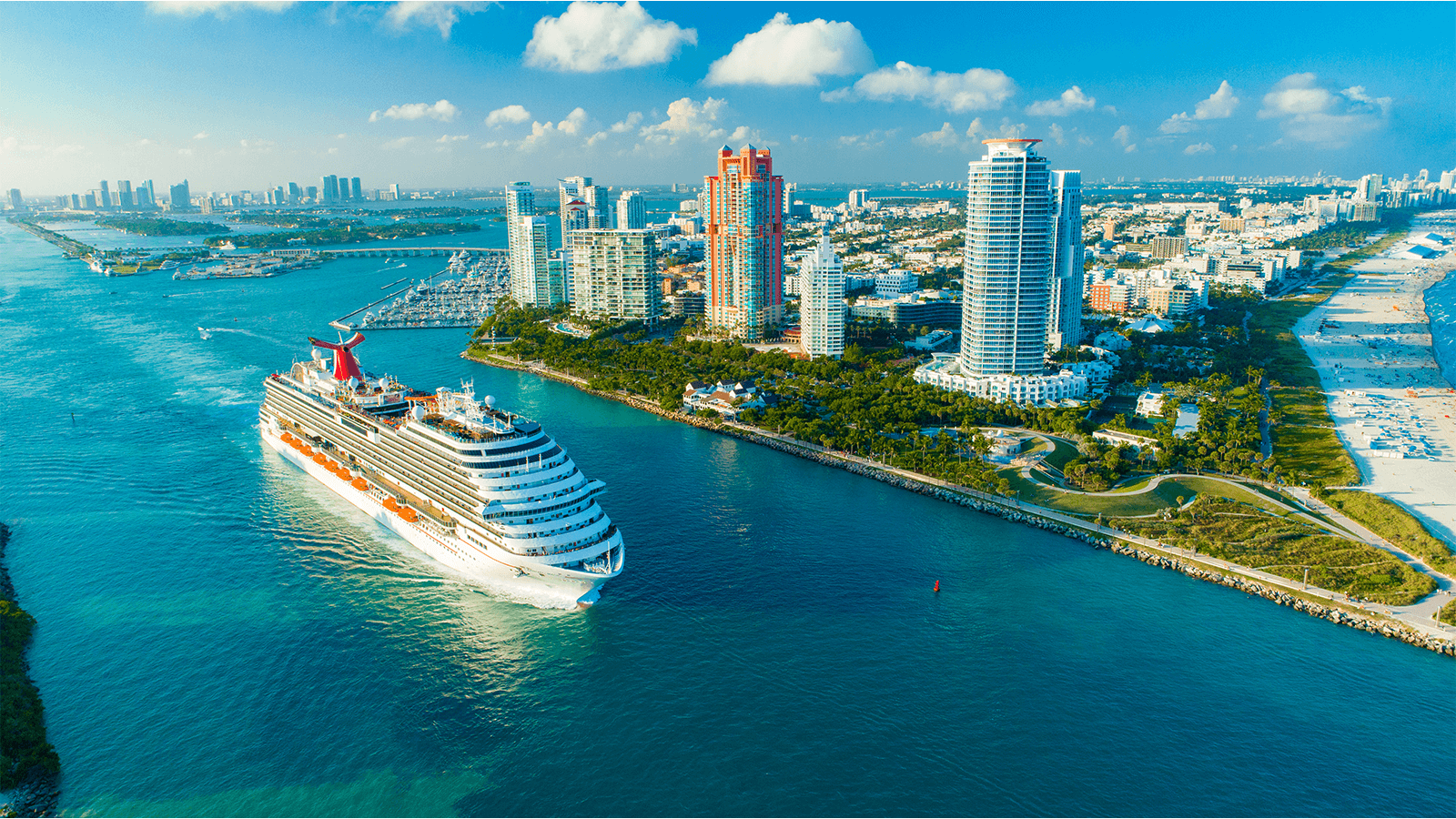
Seabourn
For decadent luxury that sails hand-in-hand with personalised experience and in-depth access to world heritage, may we introduce Seabourn Cruises.
Blending nimble power and grace with beautifully designed spaces, Seabourn ships can be likened to lavish resorts. Except, uniquely, the staff already know you just as they also remember your favourite drink.
450
Passengers
330
Crew
2010
Launched
32000t
Tonnage
198m
Length
25.6m
Width
19kts
Speed
10
Decks
USD
Currency
Cruise Itinerary
Day 1
Dover, England
Day 2
Cowes, Isle of Wight, England
Day 3
At Sea
Relax and make the most of the myriad of facilities available on board the ship, from fantastic entertainment to delicious and diverse dining options.
Day 4
Dublin, Ireland
Day 5
Holy Loch, Scotland
Day 6
Tobermory, Isle of Mull, Scotland
Day 7
Stornoway, Isle of Lewis, Scotland
Day 8
At Sea
Relax and make the most of the myriad of facilities available on board the ship, from fantastic entertainment to delicious and diverse dining options.
Day 9
Heimaey Island, Iceland
Day 10
Reykjavík, Iceland
Day 11
Isafjørdur, Iceland
Days 12 - 13
At Sea
Relax and make the most of the myriad of facilities available on board the ship, from fantastic entertainment to delicious and diverse dining options.
Day 14
Nanortalik, Greenland
Day 15
Qaqortoq (Julianehaab), Greenland
Days 16 - 17
At Sea
Relax and make the most of the myriad of facilities available on board the ship, from fantastic entertainment to delicious and diverse dining options.
Day 18
Saint-John's, Newfoundland and Labrador, Canada
Day 19
Saint Pierre, Saint Pierre and Miquelon
Days 20 - 21
At Sea
Relax and make the most of the myriad of facilities available on board the ship, from fantastic entertainment to delicious and diverse dining options.
Day 22
Saguenay, Québec, Canada
Days 23 - 24
Quebec City, Québec, Canada
Day 25
Montréal, Québec, Canada

Day 1
Dover, England

Day 2
Cowes, Isle of Wight, England

Day 3
At Sea

Day 4
Dublin, Ireland

Day 5
Holy Loch, Scotland

Day 6
Tobermory, Isle of Mull, Scotland

Day 7
Stornoway, Isle of Lewis, Scotland

Day 8
At Sea

Day 9
Heimaey Island, Iceland

Day 10
Reykjavík, Iceland

Day 11
Isafjørdur, Iceland

Days 12 - 13
At Sea

Day 14
Nanortalik, Greenland

Day 15
Qaqortoq (Julianehaab), Greenland

Days 16 - 17
At Sea

Day 18
Saint-John's, Newfoundland and Labrador, Canada

Day 19
Saint Pierre, Saint Pierre and Miquelon

Days 20 - 21
At Sea

Day 22
Saguenay, Québec, Canada

Days 23 - 24
Quebec City, Québec, Canada

Day 25
Montréal, Québec, Canada
Ship Details


Seabourn
Seabourn Sojourn
Seabourn Sojourn enchants her guests with an array of public areas scaled to encourage a relaxed sociability.
Cabins
All Prices

















